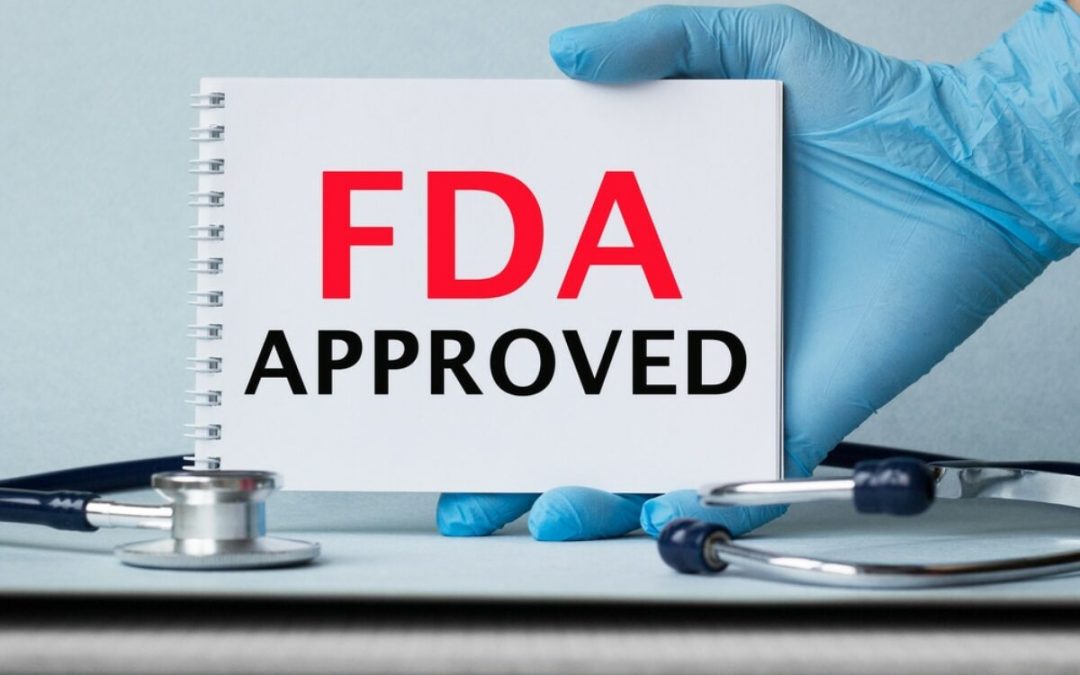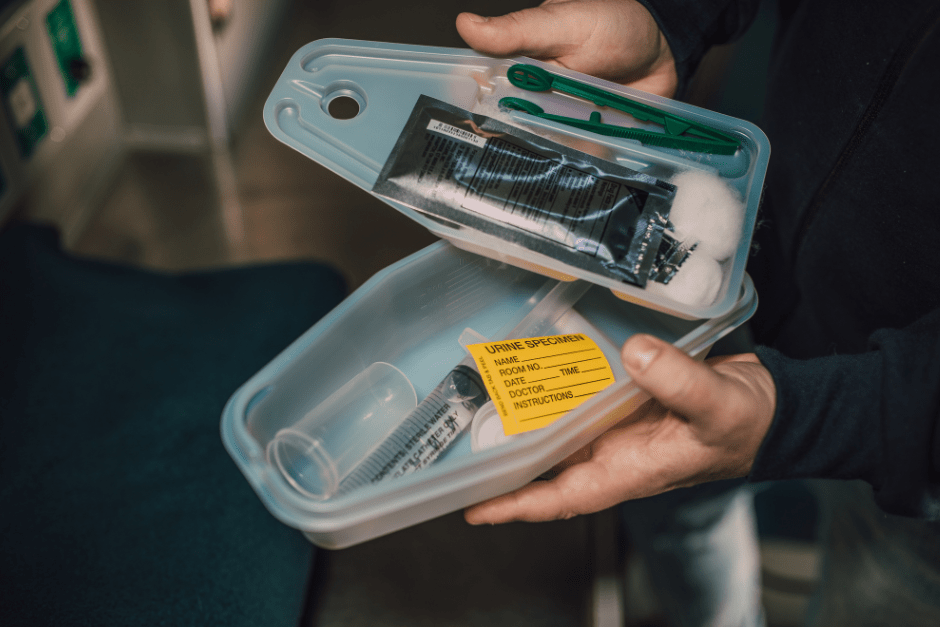This article talks about USFDA Medical Device Approval Timeline as per their Classification.

Table of Contents
The process of getting FDA approval for a medical device can be lengthy and complex.
The time it takes for a medical device to receive FDA approval can vary depending on several factors, including the complexity of the device, the type of submission being made, and the level of risk associated with the device.
On average, it can take anywhere from several months to several years for a medical device to receive FDA approval.
USFDA Medical Device Classification: Class I, Class II and Class III
USFDA categorises Medical Devices based on their level of risk as follows:-
- Class I devices are considered to be of low risk and include items such as exam gloves, wheelchair cushions, and bandages. These devices typically undergo the shortest approval process, which can take as little as several months.
- Class II devices are considered to be of moderate risk and include items such as hospital beds, power-operated wheelchairs, and some types of diagnostic equipment. The approval process for Class II devices can take several months to several years, depending on the complexity of the device and the amount of testing required.
- Class III devices are considered to be of high risk and include items such as implantable devices, heart valves, and pacemakers. The approval process for Class III devices is the longest and most rigorous of all the risk classifications and can take several years.
Medical Device: Manufacturer Approval Applications
The length of time it takes for a medical device to receive FDA approval also depends on the type of application submitted by the manufacturer. There are two main types of applications: Premarket Notification (510(k)) and Premarket Approval (PMA).
The Premarket Notification [510(k)] is the most common type of application submitted by manufacturers.
This type of application is submitted when the manufacturer believes that their device is substantially equivalent to a device already on the market and therefore poses no greater risk to the public.
The FDA reviews the 510(k) application to determine if the device is indeed substantially equivalent and, if so, approves it for the market.
This process can take several months to several years, depending on the complexity of the device and the information included in the application.
The Premarket Approval (PMA) application is submitted for new and innovative devices that do not have a substantially equivalent device already on the market.
This type of application requires more comprehensive testing and documentation and therefore takes longer to approve. The PMA process can take several years from start to finish.
Class I devices can be approved in a matter of months, while Class III devices can take several years to receive approval.
The approval process is designed to ensure the safety and effectiveness of medical devices, and the FDA works to ensure that medical devices are available to patients as quickly as possible while also ensuring their safety and efficacy.
Conclusion
The time it takes for a medical device to receive FDA approval can also be influenced by factors such as the quality of the application and any additional information or data requested by the FDA during the review process.
If the initial application is incomplete or lacks sufficient evidence, it may result in delays as the FDA requests additional information.
It is therefore important for manufacturers to ensure that their applications are comprehensive and meet all necessary requirements.
In summary, the length of time it takes for a medical device to receive FDA approval can vary depending on factors such as the complexity and risk level of the device, as well as the completeness and quality of the application.
While the process can be time-consuming, it is designed to ensure that medical devices on the market are safe and effective for patient use.
Manufacturers should therefore be prepared for a potentially lengthy approval process and work closely with the FDA to address any concerns or requests for additional information.
For more information on regulatory processes, keep up to date with our latest blogs.
How Can RegDesk Help?
RegDesk is a holistic Regulatory Information Management System that provides medical device and pharma companies with regulatory intelligence for over 120 markets worldwide. It can help you prepare and publish global applications, manage standards, run change assessments, and obtain real-time alerts on regulatory changes through a centralized platform. Our clients also have access to our network of over 4000 compliance experts worldwide to obtain verification on critical questions. Global expansion has never been this simple.


